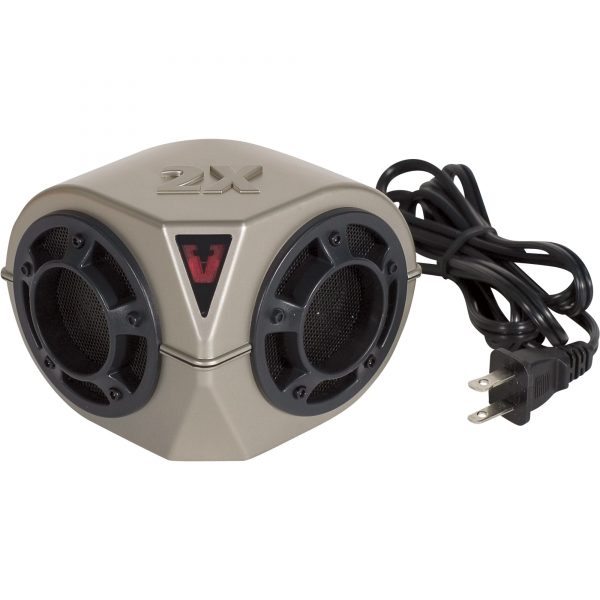Electronic Mouse Repellents – Do They Really Work?
Traditional mouse repellents have always been sprays, but recently some pest control companies have been developing electronic mouse repellents.
There are now even phone apps which claim to be able to drive away rodents!
So just what are these electronic mouse repellents, how do you use them, and do they really work?
The Idea Behind Electronic Mouse Repellents
There are 2 basic types of electronic mouse repellents: ultrasonic and electromagnetic.
The ultrasonic variety is more common, but let’s take a look at both kinds.
Ultrasonic
Ultrasonic mouse repellents emit a high-frequency sound which is above the range of human hearing, but rodents can hear it.
The idea is that the sound is either painful or simply annoying to rodent ears, and they will not want to be within range of it. Imagine if your next door neighbor had a jackhammer running 24/7, without ever stopping. You would want to move out as soon as possible, and this is the idea behind using ultrasonic frequencies to drive mice away.
Electromagnetic
Electromagnetic repellents, instead of using sound waves, emit an electromagnetic pulse through the air which is said to conflict with the electric wiring in your home (with no effects on any of your electronics!). This disruption supposedly affects the nervous system of pests, particularly rodents and drives them away.
Significant Disadvantages Of Electronic Mouse Repellents
The major disadvantage to using electronic mouse repellents is their limited range and area of effectiveness. Not only can the sound waves not pass through walls well, but furniture also significantly dampens the wave.
This means that you are limited in how you can use them, and will need at least one unit for each room where you are having rodent problems.
Where To Put Electronic Mouse Repellents
As stated above, you will need to place the devices in places where furniture and other obstacles will not impede the sound wave in addition to having at least one per room.
Although electronic mouse repellents are not terrible expensive, the sheer number of them required in certain situations can limit their economic viability.
Electronic repellents are not limited to the house. They can also be use in garages, sheds, or even in your car.
Impact On Pets
Although dogs and cats have a much wider range of hearing than humans, they still cannot hear as high in the sound register as rodents can. This allows the electronic repellents to operate in a range that is above even what common household pets can hear.
However, any rodent pets that you have in the house (hamsters, guinea pigs, rats, etc.) will be able to hear the sound and you should not use these products if you own pets such has these.
Bottom Line: Do Electronic Mouse Repellents Work
The answer: …maybe?
Unfortunately, the reviews on these devices are strongly mixed. Some people swear that they work, and others are adamant against them.
There is certainly no scientific data showing that rodents are influenced by supersonic sound waves, and the science behind the electromagnetic repellents is even more shaky.
Most pest control experts claim that the devices do not work.
I would suggest that you only try electronic mouse repellents if the money spent is not terribly significant to you, and you are using them in combination with other mouse control methods such as traps and poisons.
Non Toxic Spray

This non-toxic spray kills larvae, eggs, and adult insects by breaking down their exoskeleton. It is safe to spray around the home and works only on the insects. Feel good about spraying indoors around pets, plants and children.
All Natural Non Toxic Insect Killer Spray by Killer Green


